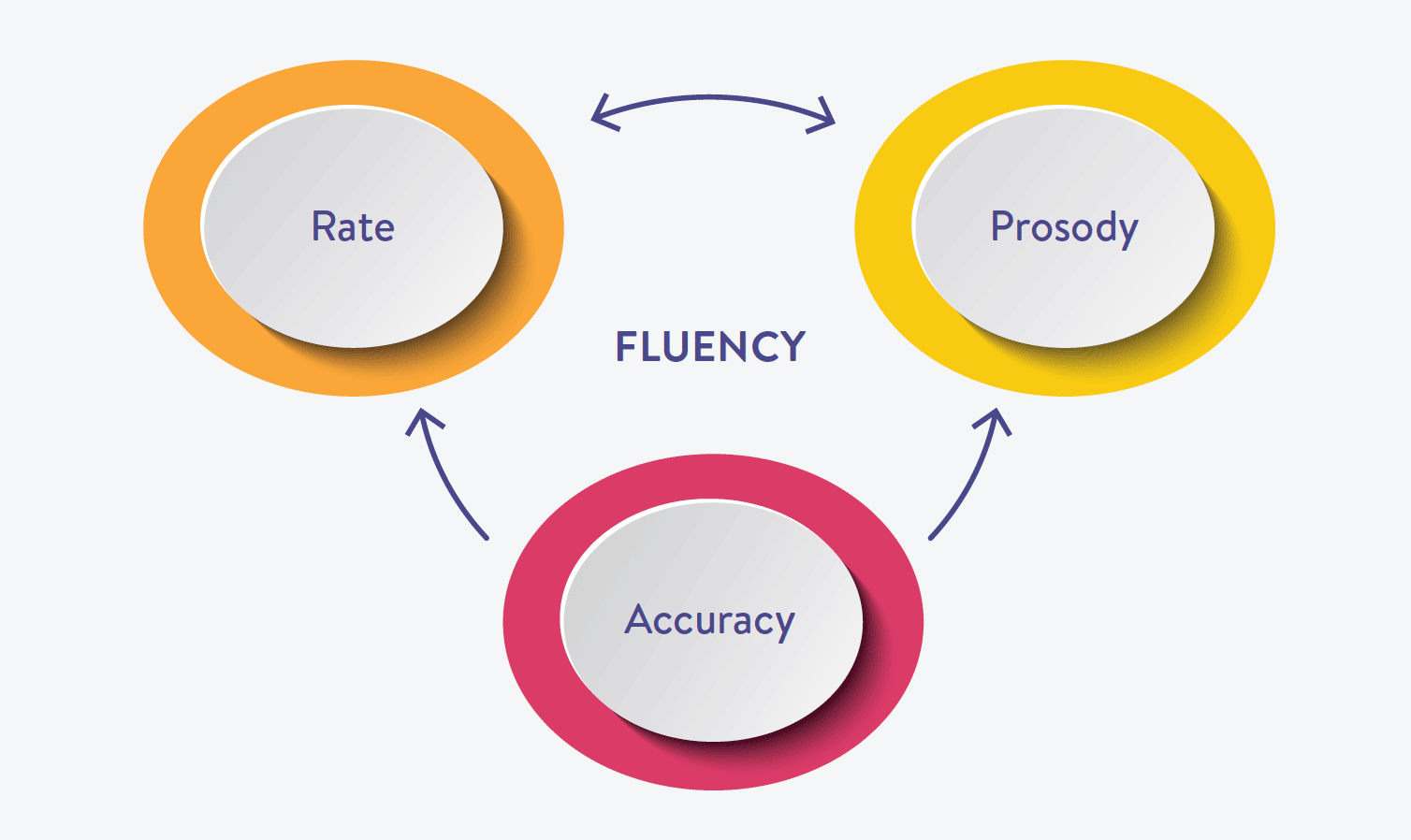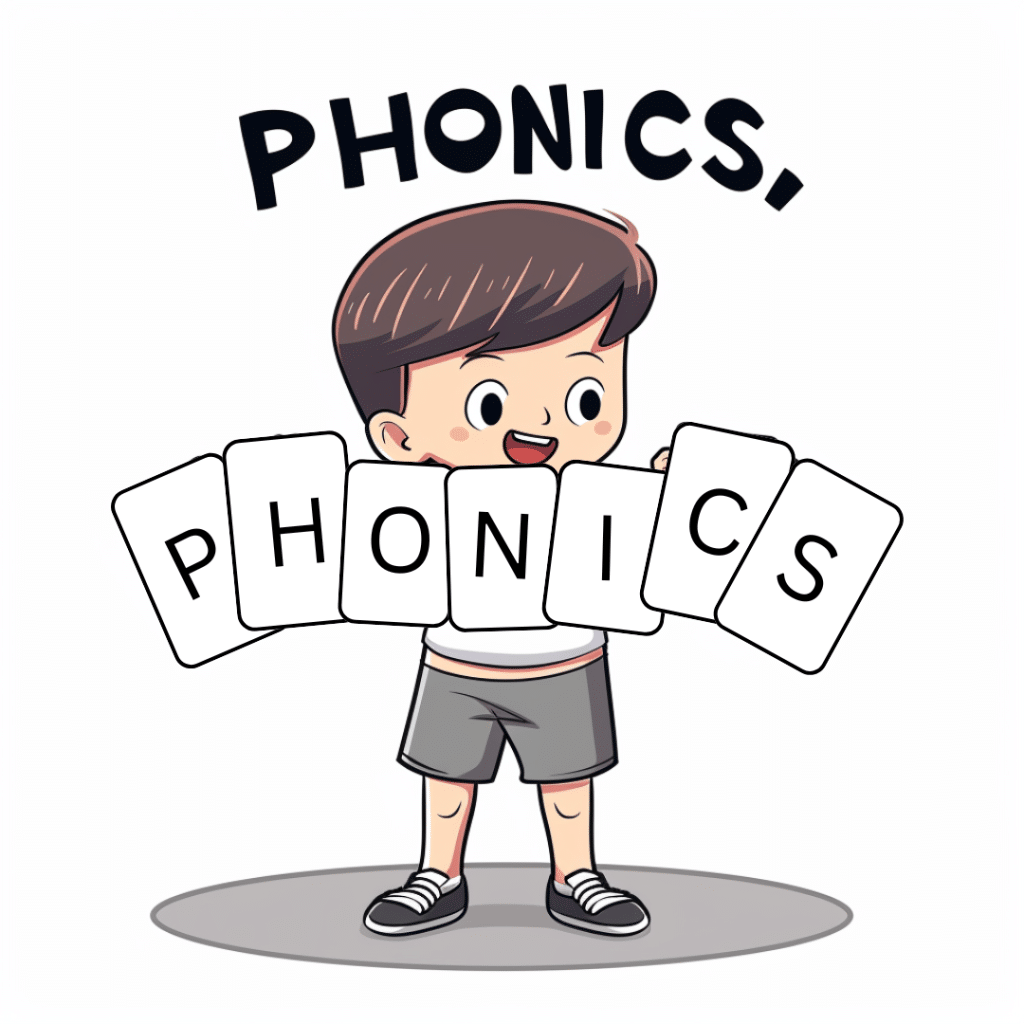Improving reading fluency is critical for early learners, but finding effective strategies can be challenging.
You may wonder how to help your students build their skills and confidence to become fluent readers. The solution lies in harnessing the power of CVC (consonant-vowel-consonant) sentences.
These simple yet impactful tools provide targeted practice that strengthens decoding abilities and sight word recognition.
This blog post will explore how CVC sentences can seamlessly integrate into your reading instruction to support fluency development.
You’ll discover engaging activities and practical tips for using CVC sentences in your classroom, empowering your students to progress rapidly in their reading journey.
Get ready to unlock the potential of CVC sentences and watch your students’ reading fluency soar!
Importance of CVC Words in Reading Development
CVC words are three-letter words that follow the consonant-vowel-consonant pattern, such as ‘cat,’ ‘dog,’ and ‘pen.’
These words are crucial in early reading because they are simple and follow a predictable phonetic pattern, making them easier for young readers to decode.
By focusing on CVC words, children can develop a strong foundation in phonics and gain confidence in their ability to read independently.
As children become more familiar with CVC words, they can recognize common patterns and apply their knowledge to decode new words more easily.
CVC Words as Building Blocks for Fluency
As children master decoding CVC words, they read them more quickly and with less effort, which is a key step towards developing reading fluency.
When children can read CVC words fluently, they can focus more on comprehension and less on the mechanics of reading.
Fluency in reading CVC words boosts children’s confidence and provides a foundation for tackling more complex words and sentences, further enhancing their reading skills.
Reading Fluency: Importance and Its Components

What Is Reading Fluency?
Reading fluency refers to reading text accurately, with speed and proper expression. It is a vital skill for young learners as they progress in their reading development.
Fluency is a critical bridge between recognizing words and understanding what they mean, which is essential for encouraging young learners’ confidence and enjoyment in reading.
Students who can read fluently are better equipped to comprehend the text, engage with the content, and develop a lifelong love for reading.
Components Contributing to Reading Fluency
To fully grasp the concept of reading fluency, it is important to understand the three main components that contribute to its development:
1. Phonemic Awareness: The ability to hear, identify, and manipulate individual sounds (phonemes) in spoken words, foundational for decoding skills.
2. Decoding: The process by which children decipher written words by sounding them out, based on their understanding of letter-sound relationships.
3. Comprehension: The ultimate goal of reading is for students to not only read the text but also understand its meaning, connecting it to their own experiences and the world around them.
The following sections will explore these components and how they support reading fluency.
Phonics and Decoding with CVC Words

Phonics instruction involves teaching the relationships between the sounds of the letters and their written form.
Using CVC words in phonics instruction helps young readers solidify these foundational skills.
Children can practice connecting sounds to their corresponding letters by focusing on these simple, three-letter words and blending them to read complete words.
Phonemic awareness is hearing, identifying, and manipulating individual sounds in spoken words.
It is a critical component of reading development, as it helps children understand that words comprise smaller sound units.
Incorporating CVC words into phonemic awareness activities helps students practice blending and segmenting sounds and key reading skills.
For example, teachers can use CVC words to showcase the following.
- Segmenting: Demonstrate how to break words down into individual sounds (segmenting)
- Blending: Show how to put individual sounds together to form words (blending)
The Transition from Word Level to Sentence Level
1. Importance of Transition
Transitioning from word to sentence-level reading is essential for developing fluency and comprehension.
It allows students to practice reading in context, which mirrors real-life reading scenarios.
While mastering CVC words in isolation is an important first step, it’s crucial to provide young readers with opportunities to apply their decoding skills to connected text.
Reading words within sentences helps children understand how words work together to convey meaning and how punctuation and intonation contribute to the reading experience.
2. Role of CVC Sentences
CVC sentences are simple and phonetically consistent, providing an excellent bridge for young readers. They help reinforce phonics skills while introducing beginners to sentence structure and rhythm.
Educators can create a supportive environment for children to practice decoding skills and develop fluency using sentences composed primarily of CVC words.
As students become more comfortable reading CVC sentences, they gain confidence tackling longer, more complex texts.
Conclusion
By providing explicit instruction in phonics, phonemic awareness, and the transition from word-level to sentence-level reading, educators can equip young learners with the tools they need to become confident, fluent readers.
As children practice reading CVC sentences, they reinforce their decoding skills and develop a deeper understanding of how words work together to create meaning.
This foundation sets the stage for tackling more complex texts and fosters a lifelong love for reading. So, let’s embrace the power of CVC sentences and watch as our students transform into enthusiastic, skilled readers.
Ready to get started? Explore our collection of engaging CVC sentence activities and resources to make reading instruction effective and enjoyable.
